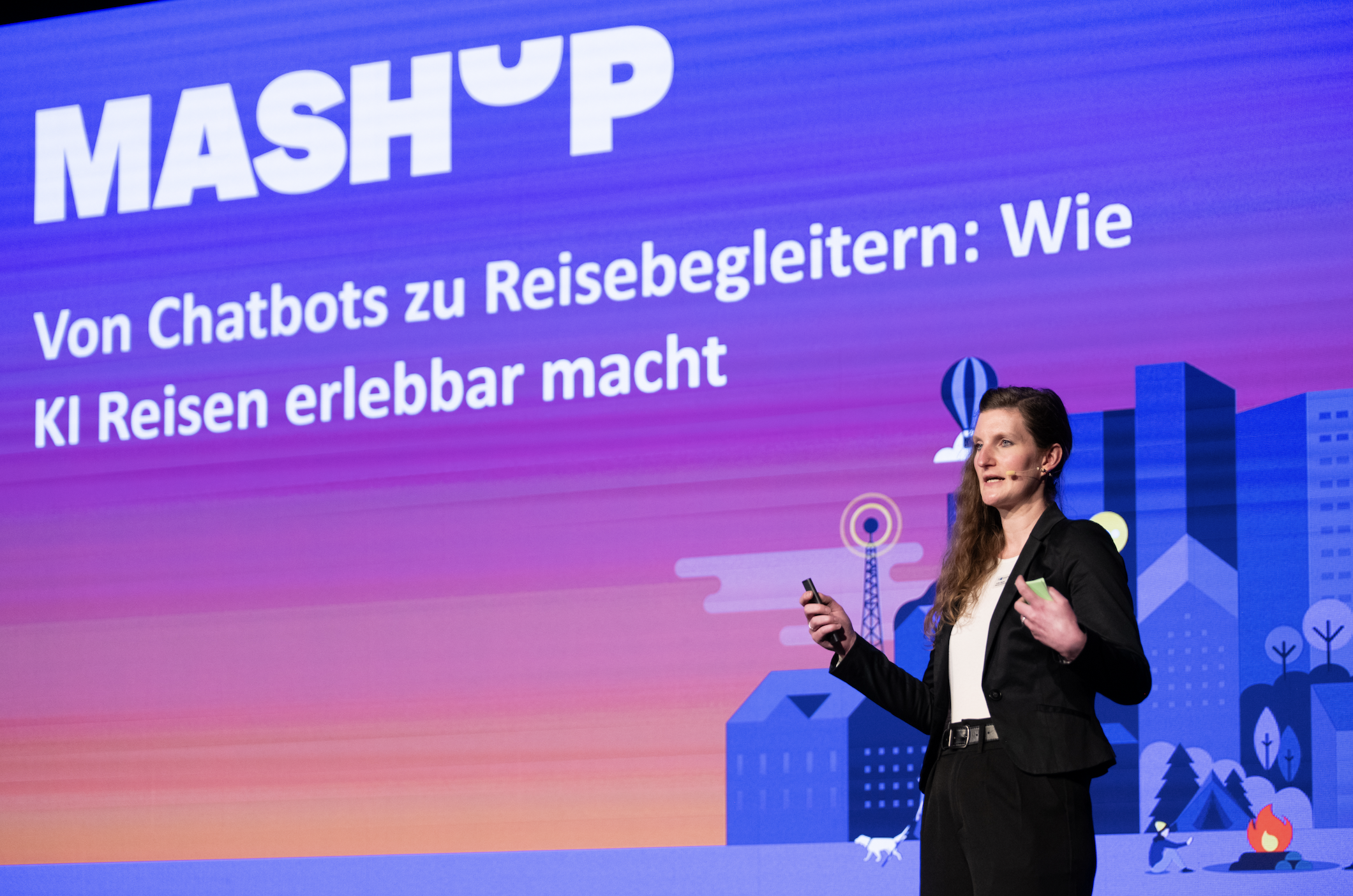From 0 to 100: Storytelling in the Automotive Industry
Nowadays, a story can be told in 280 characters and have a greater impact than a thick book. Storytelling has become one of the most important tools for building brand relationships and positioning products with end consumers. The enormous increase in digital and social media as well as content marketing has not only enabled marketers to present brand stories to a large audience, but also to establish a direct connection with the target group. However, hardly any other industry knows how to exploit this as well as the automotive sector.
The major manufacturers realized early on that anyone who spends a lot of money will only do so if they feel an emotional connection to the product. It is therefore hardly surprising that the marketing mix of BMW, Audi and Co. in particular focuses on the feelings of the target group. For example, no team should be without a psychologist. Hardly any other industry knows its audience so well and uses this knowledge for a targeted approach.
Finding new Leitmotifs: Subaru’s #MeetanOwner Campaign
Both the messages and the advertising channels through which cars are marketed are in a constant state of flux. A few years ago, consumers could still be enticed by the driving experience and fun, but nowadays marketers have to come up with more.
For example, Subaru used user-generated content and influencer relations in a campaign to promote its Impreza, which is aimed at millennials. The #MeetanOwner campaign revolved around 20 Instagrammers, including photographers, athletes and musicians. Potential car buyers were also able to browse through photos and videos of Suburu owners on the specially created website. They were even allowed to ask questions about their cars. What is striking here is that all drivers have an active, passionate lifestyle. The cars merely serve to encourage these passions. The car itself, on the other hand, is no longer the passion itself. Suburu’s innovative way of using user-generated content and influencers paid off. This allowed the brand story and its values to be shared with the target group. The campaign achieved more than 1.9 million likes.
Inspiring with Stories: Nissan’s Micra staged to the Max
The automotive industry is becoming increasingly creative and skillfully uses storytelling. Whether it moves us to tears or makes us think, an inspirational campaign is a popular storytelling tactic. In 2016, Nissan presented “Nissan Micra – Drawn at First Sight”, a true genius and tells its story. In collaboration with Google’s Tilt Brush, the video shows a man with autism, the now well-known Stephen Wiltshire. He memorizes the image of the Nissan Micra in 60 seconds and then has to draw it on an unfamiliar gadget with the help of virtual reality. Two challenges at once for dear Stephen. And if that’s not enough inspiration and emotion for you, the narrator who guides you through the video is Stephen’s sister. The ad ends with the quote: “I find it easy to remember things that I find interesting”. Well, who would like to try it out now?
Recognizing Trends: Peugeot and the Graphic Novel
Although it is already a few years old, this campaign shows more than almost any other how important it is for car manufacturers to recognize trends. Getting this right is crucial in order to inspire your target group. Peugeot, for example, was infected by superhero film fever for the launch of its Hybrid4. The car manufacturers rely on a graphic novel for marketing – completely digital, adapted for all end devices and scrollable! The heroine’s story is presented in a digital comic style that combines scrolling with interactive storytelling. As you scroll down, four different Peugeot travel modes and their capabilities are highlighted. In addition, each of these modes is played out by the heroine, creating an exciting story. Peugeot not only provided a great example of interactive storytelling, but was also way ahead of the competition in 2012 when it came to scrollytelling.
Conclusion: Digital Brand Stories for Future Customers
Social media, especially Instagram, Facebook and Twitter, but also an intuitive website or informative blog are becoming increasingly indispensable for manufacturers. So if you don’t pick up the masses in the digital space, you will lose the race for new customers. A survey a few years ago showed that 94 percent of millennials find information about cars online. Even more important for marketers, however: 79 percent of 18 to 34-year-olds stated that they are interested in brand stories. For 55 percent, such stories even have a positive effect on purchase intentions. The automotive industry is therefore required to convince not only with elaborately produced advertising films of fast cars in beautiful landscapes, but also with its story. This helps to emotionalize your own target group.
Klicken Sie auf den unteren Button, um den Inhalt von giphy.com zu laden.
Share this article









